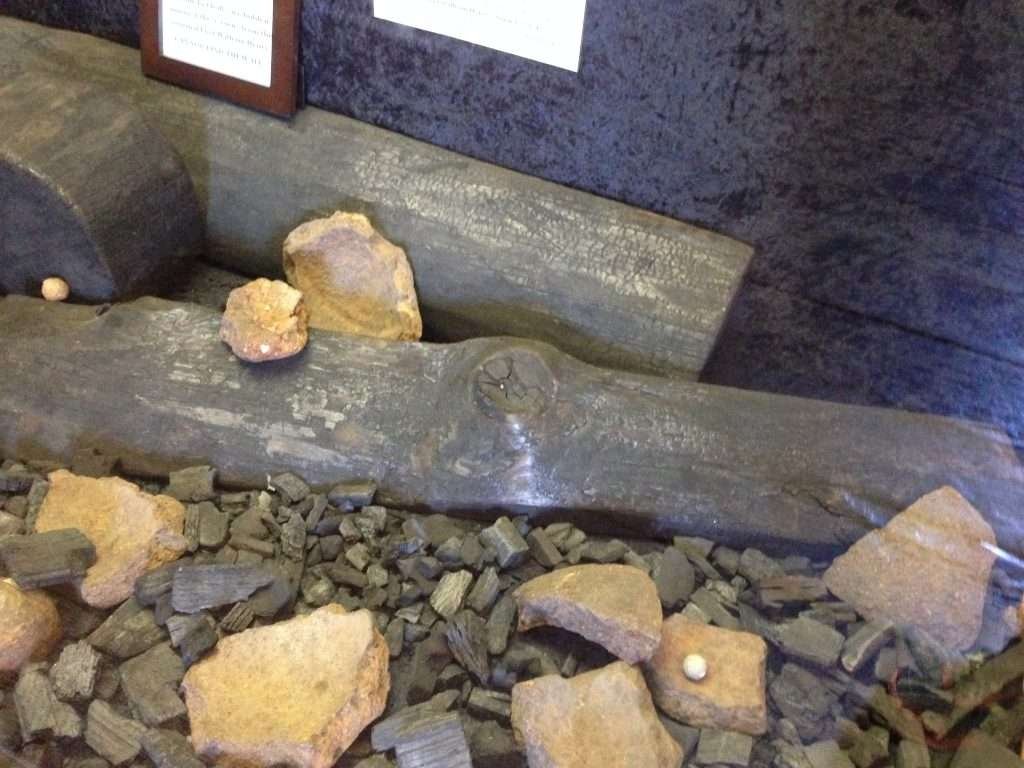
 Any enthusiast of Sherlock Holmes knows the fictional British detective frequently employed a magnifying glass to examine evidence when battling crime. Today, the optical device is a standard item found in most American households.
Any enthusiast of Sherlock Holmes knows the fictional British detective frequently employed a magnifying glass to examine evidence when battling crime. Today, the optical device is a standard item found in most American households.
Moreover, in 1957, an unidentified member of the archaeology team digging at the 200-year-old Fort William Henry accidentally started a fire with a misplaced magnifying glass.
As an ocular aid, the magnifying glass dates back 2,500 years ago. The convex lens is primarily used to visually enlarge images. However, any proficient weekend camper understands that a magnifying glass can likewise be utilized to create a flame if there is some sun.
It was mid-June 1957, and archaeological diggers were excavating the ground under the East Barracks of the 1755–1757 Fort William Henry.
According to an article in the June 19, 1957 issue of the Albany Times-Union newspaper, one of the cultural scientists left a magnifying glass lying upon a recently dug charred timber of the old British fortification.
The sun’s late spring rays then poured through the lens of the magnifying glass and ignited a fire. The burning wood was soon spotted and a nearby water hose was quickly pulled into the pit to extinguish the minor blaze. No one was hurt from the unusual incident.

 Today, an archaeologist might carry a 10x or 30x magnification loupe in one’s digging kit. The loupe could be used in the field or lab to examine the worked edge of a prehistoric Native American lithic point (an arrowhead, or more technically, a projectile point). Or possibly a loupe or magnifying glass might help scrutinize a freshly recovered colonial military button or British copper half penny.
Today, an archaeologist might carry a 10x or 30x magnification loupe in one’s digging kit. The loupe could be used in the field or lab to examine the worked edge of a prehistoric Native American lithic point (an arrowhead, or more technically, a projectile point). Or possibly a loupe or magnifying glass might help scrutinize a freshly recovered colonial military button or British copper half penny.
A loupe generally has an enclosed metal housing that protects the lens when not being handled. A common magnification glass, however, is open and has a handle. If a magnifying glass is laid down on a piece of wood and left unattended, it could spark a fire on a sunny day.
The 1957 archaeological excavation of the earth-and-wooden fort uncovered musket balls from the French & Indian War (1755–1763) combat, and other 18th-century military artifacts.
The French and their Indigenous allies burned Fort William Henry in August 1757. Ironically, in June 1957, a member of the archaeology team studying the French & Indian War garrison unintentionally scorched one or more of the surviving timbers of the historic fortification.
Fortunately, quick action by one of the diggers, as well as a nearby garden hose minimized any damage.
Read more about Fort William Henry.
A version of this article first appeared on the Lake George Mirror, America’s oldest resort paper, covering Lake George and its surrounding environs. You can subscribe to the Mirror HERE.
Illustrations, from above: Photograph of an exhibit case at Fort William Henry Museum shows what are reported to be a couple of burned timbers reputedly excavated from the 1755–1757 British fortification (courtesy Joseph W. Zarzynski); and a replica cannon along the Northwest bastion of replica Fort William Henry in Lake George Village (Joseph W. Zarzynski).

